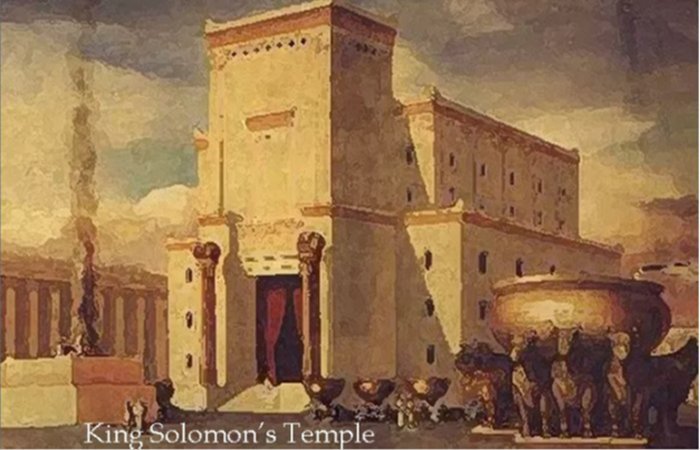At the threshold of some modern Lodges you will notice two pillars standing there as they are said to have stood in the porch-way or entrance of King Solomon’s Temple in Jerusalem. But of course the columns in the Lodge have no practical use; they only share a symbolic value. Traditionally one of the pillars is black and the other is white , thus matching the checkered floor of the Lodge.
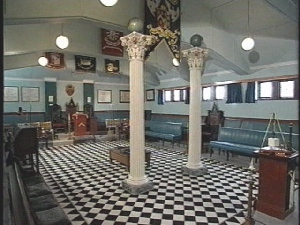
One pillar is associated with the left hand , the other with the right and what they are trying to tell us is that the whole Universe is a duality of the opposites joined into one. There is the Negative and the Positive, the Spirit and the Matter, the Male and the Female and so on. Everything in Nature, including man, has two sides: an active and a passive one, a good and a bad one and Humanity itself is divided into two sexes, each with the opposite characteristics and functions.
Nothing could exist without opposite forces because it is their union and balance that holds things together and makes them “stand firm”. The active and positive energy is represented by one pillar called “Boaz” in Freemasonry , whilst the other is called “Jachin” and represents the negative and passive in nature.
In the Masonic ritual Boaz is said to define “strength” or “force” whilst Jachin means “to establish” and it denotes the passive force or “inertia” which is that resistance necessary to check the positive force. Together the two columns establish “stability”.
In those Lodges were the two replica pillars are absent from the floor , they instead appear , in a much smaller scale, on each Wardens’ pedestal and are kept in opposite positions. One of them stands erect, the other lies horizontally and their position – or meaning – changes according to whether the Lodge is at labour (“active state”) or at refreshment (“passive state”).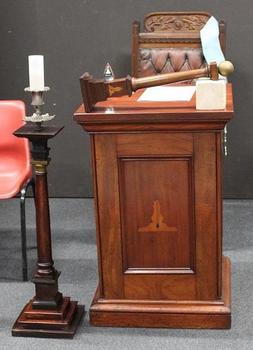
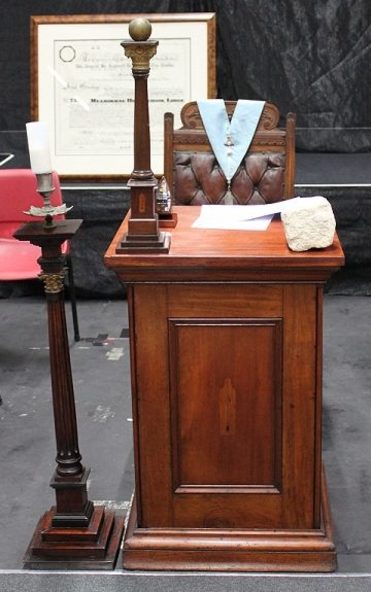
Like the columns and as in nature, man has two opposite aspects : an outward/active nature , and an inward/passive one. Even man’s physical body presents a similar dualism ! Indeed many of the organs in our body are duplicated; man has two arms and legs, two lungs, two eyes, two sides of the brain, two kidneys and so forth.
The purpose of the symbolic columns Boaz and Jachin is therefore to emphasise the dualism of our constitution and the need to establish a balance in the two opposite sides of our nature.
Why are the columns absent from the Master’s pedestal ?
Because he is deemed to have transcended the Wardens and combined their two forces into himself. If they were to be exhibited , therefore, the columns would have to be shown in their combined form which is that of the Cross or the Plus symbol. As a matter of fact , that symbol is actually displayed on the Master’s apron as the Level or TAU (the Hebrew form of the Cross).
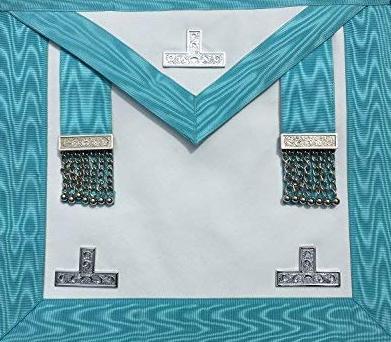
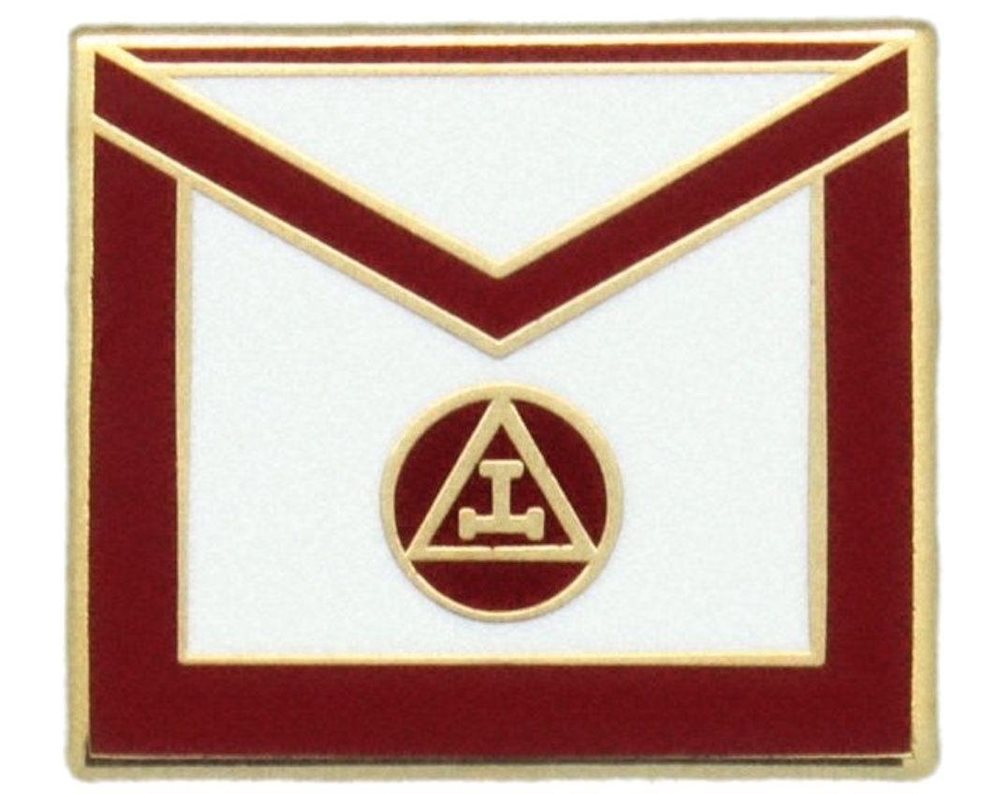
Let us now have a brief look at the aspect of the great antiquity of the symbolism of the two pillars. In ancient Greece , Homer mentioned them in the “Iliad” as two jars standing at the gate of Heaven, one filled with good and one with evil, a blend of which is poured into each man’s life at birth. The ancient zodiacal sign of Gemini represents the two sons of Jupiter, one being immortal and the other mortal. According to mythology at his death, the mortal twin became all one with the other and together they were translated into Heaven. Often Gemini is also represented by two pillars joined at the base and at the top, like twins seated side by side with their arms embraced. 

This principle of the “balancing dual forces” has been known and acted upon by Initiates from the most ancient times ; even the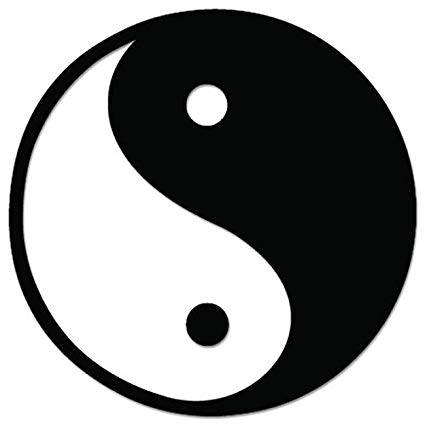 Chinese philosophy has the concept of dualism and the opposites are called YIN and YANG.
Chinese philosophy has the concept of dualism and the opposites are called YIN and YANG.
In conclusion, the two columns represent the metaphysical principles, the opposite forces of Nature but also “Man” himself in whom those principles are embodied.
By Anon
- Influencia de la Masonería en Chile - April 29, 2024
- Pomegranate in Freemasonry – its significance - March 11, 2024
- Inns and Innkeepers’ incidence in Freemasonry expansion - February 28, 2024

